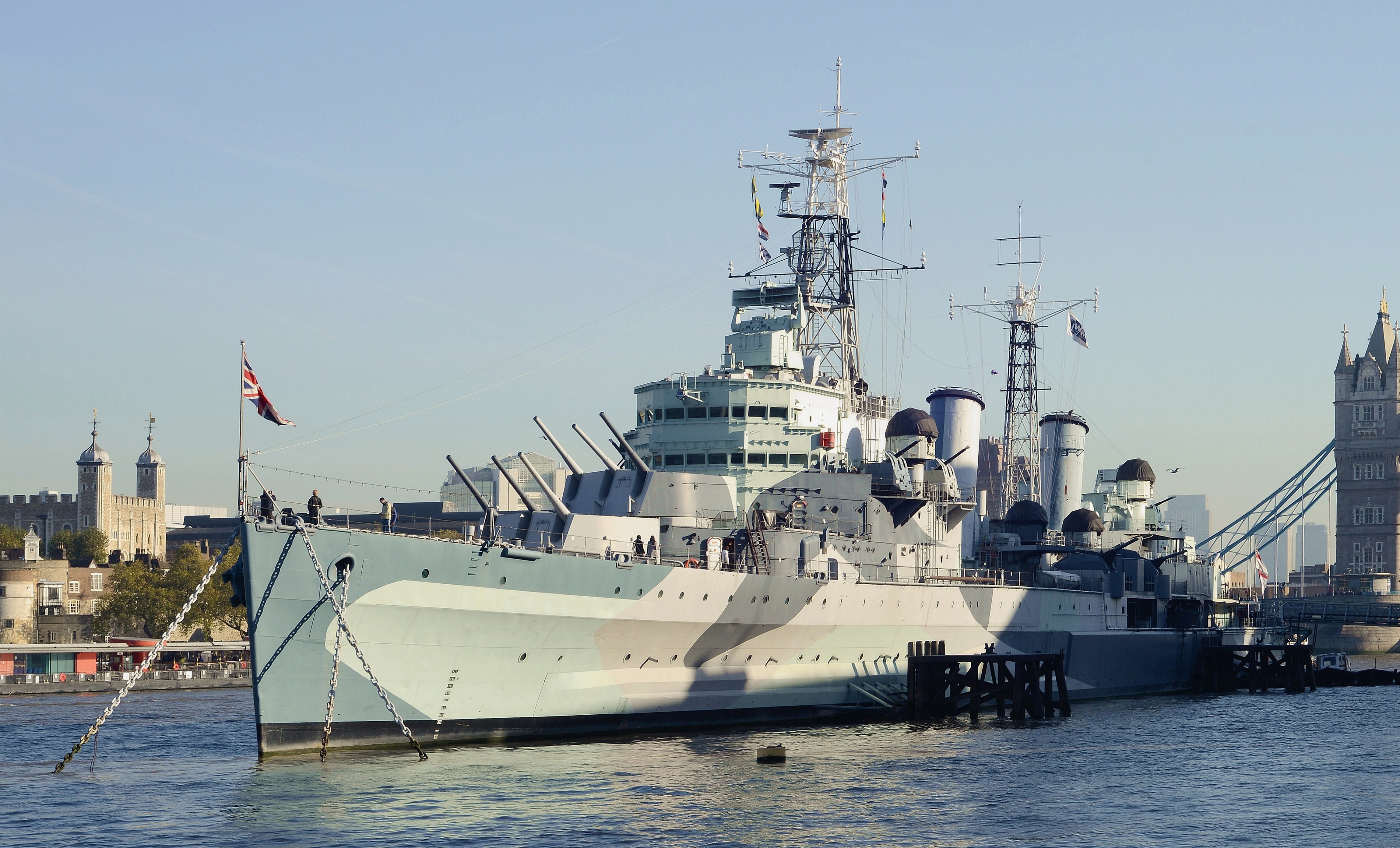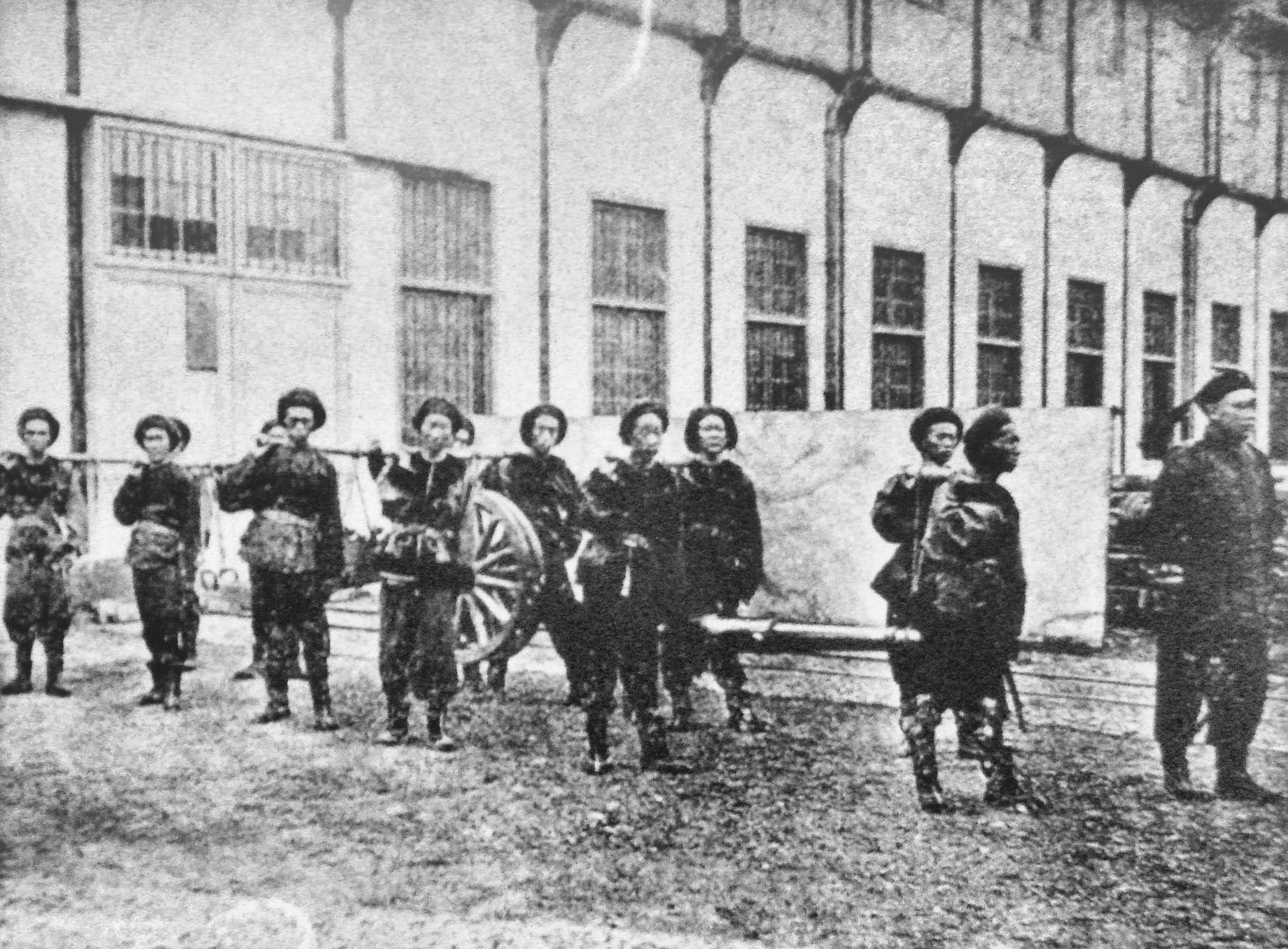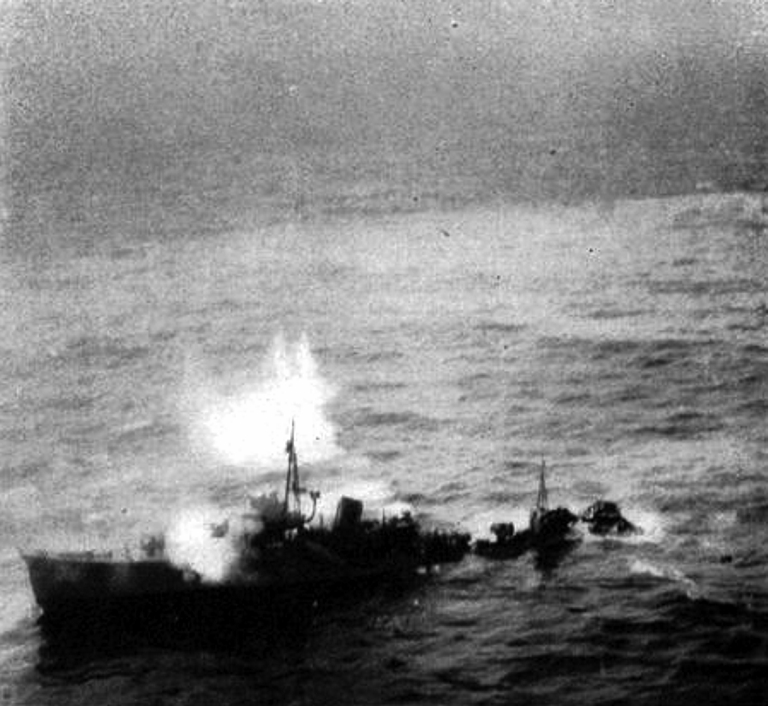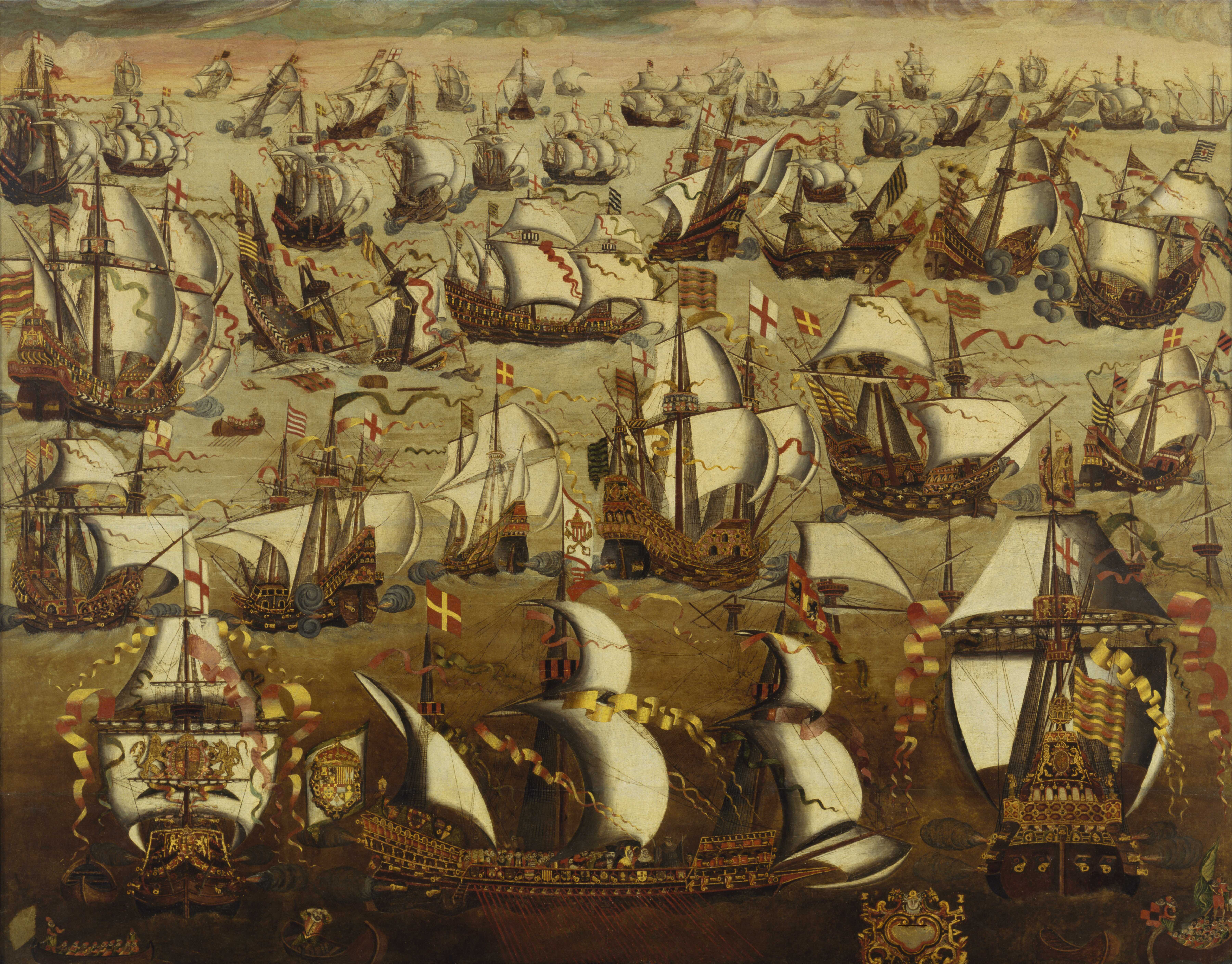|
Ning Hai-class Cruiser
The ''Ning Hai'' class were a pair of light cruisers in the Chinese fleet before World War II. (), the lead ship of the class, was laid down in Japan while the follow-on, (), was laid down in China and completed with Japanese assistance to a slightly modified design that included the deletion of seaplane facilities (''Ning Hai'' had a small hangar for two seaplanes). While ''Ning Hai'' was quickly commissioned, tensions between China and Japan plagued the efforts to complete ''Ping Hai''. Both served as flagships of the Republic of China Navy (ROCN), with ''Ping Hai'' taking over the role from its older sister ship since April 1937. The ROCN had an ambitious plan to procure a larger and more-powerful command cruiser and then to reassign the two vessels as scouts/flagships of submarine flotillas, but the outbreak of war with Japan put an end to all related efforts (including the acquisition of submarines). ''Ning Hai'' and ''Ping Hai'' were sunk in defense of the Kiangyin Fortr ... [...More Info...] [...Related Items...] OR: [Wikipedia] [Google] [Baidu] |
Light Cruiser
A light cruiser is a type of small or medium-sized warship. The term is a shortening of the phrase "light armored cruiser", describing a small ship that carried armor in the same way as an armored cruiser: a protective belt and deck. Prior to this smaller cruisers had been of the protected cruiser model, possessing armored decks only. While lighter and smaller than other contemporary ships they were still true cruisers, retaining the extended radius of action and self-sufficiency to act independently around the world. Through their history they served in a variety of roles, primarily as convoy escorts and destroyer command ships, but also as scouts and fleet support vessels for battle fleets. Origins and development The first small steam-powered cruisers were built for the British Royal Navy with HMS ''Mercury'' launched in 1878. Such second and third class protected cruisers evolved, gradually becoming faster, better armed and better protected. Germany took a lead in small cru ... [...More Info...] [...Related Items...] OR: [Wikipedia] [Google] [Baidu] |
Yangtze River
The Yangtze or Yangzi ( or ; ) is the longest river in Asia, the third-longest in the world, and the longest in the world to flow entirely within one country. It rises at Jari Hill in the Tanggula Mountains (Tibetan Plateau) and flows in a generally easterly direction to the East China Sea. It is the seventh-largest river by discharge volume in the world. Its drainage basin comprises one-fifth of the land area of China, and is home to nearly one-third of the country's population. The Yangtze has played a major role in the history, culture, and economy of China. For thousands of years, the river has been used for water, irrigation, sanitation, transportation, industry, boundary-marking, and war. The prosperous Yangtze Delta generates as much as 20% of China's GDP. The Three Gorges Dam on the Yangtze is the largest hydro-electric power station in the world that is in use. In mid-2014, the Chinese government announced it was building a multi-tier transport netw ... [...More Info...] [...Related Items...] OR: [Wikipedia] [Google] [Baidu] |
Ning Hai-class Cruisers
Ning may refer to: Places * Ning County, county in Gansu, China * Ning River, tributary of Mei River, originating and running through Xingning, China * Ningxia, abbreviated as Ning, Hui autonomous region of China * Nanjing, abbreviated as Ning, capital of Jiangsu Province, China Other uses * Ning (surname), a Chinese surname * Ning (website) Ning is an online social media network platform for people and organizations to create custom social networks. [...More Info...] [...Related Items...] OR: [Wikipedia] [Google] [Baidu] |
Cruiser Classes
A cruiser is a type of warship. Modern cruisers are generally the largest ships in a fleet after aircraft carriers and amphibious assault ships, and can usually perform several roles. The term "cruiser", which has been in use for several hundred years, has changed its meaning over time. During the Age of Sail, the term ''cruising'' referred to certain kinds of missions—independent scouting, commerce protection, or raiding—fulfilled by frigates or sloops-of-war, which functioned as the ''cruising warships'' of a fleet. In the middle of the 19th century, ''cruiser'' came to be a classification of the ships intended for cruising distant waters, for commerce raiding, and for scouting for the battle fleet. Cruisers came in a wide variety of sizes, from the medium-sized protected cruiser to large armored cruisers that were nearly as big (although not as powerful or as well-armored) as a pre-dreadnought battleship. With the advent of the dreadnought battleship before World Wa ... [...More Info...] [...Related Items...] OR: [Wikipedia] [Google] [Baidu] |
Jiangnan Shipyard
Jiangnan Shipyard () is a historic shipyard in Shanghai, China. The shipyard has been state-owned since its founding in 1865 and is now operated as Jiangnan Shipyard (Group) Co. Ltd. Before 2009, the company was south of central Shanghai at 2 Gaoxing Road (). In 2009, the shipyard was moved to Changxing Island, in the mouth of the Yangtze River to the north of urban Shanghai. (). The shipyard builds, repairs and converts both civilian and military ships. Other activities include the manufacture of machinery and electrical equipment, pressure vessels and steel works for various land-based products. Ship building The shipyard main production is: liquefied gas carriers, car carriers, crude oil tankers, Panamax bulk carriers, Handymax bulk carriers, Lake suitable bulk carriers, multi-purpose cargo ships, and fast feeder container ships. The shipyard recently delivered 23,000 TEU LNG-fueled containership the ''CMA CGM Champs Elysées'', but there was a delay of at least 10 ... [...More Info...] [...Related Items...] OR: [Wikipedia] [Google] [Baidu] |
IHI Corporation
, formerly known as , is a Japanese engineering corporation headquartered in Tokyo, Japan that produces and offers ships, space launch vehicles, aircraft engines, marine diesel engines, gas turbines, gas engines, railway systems, turbochargers for automobiles, plant engineering, industrial machinery, power station boilers and other facilities, suspension bridges and other structures. IHI is listed on the Tokyo Stock Exchange Section 1. History * 1853 – establishment of Ishikawajima Shipyard in the Chuo district of Tokyo. * 1854 - 1856: construction of the Japanese warship Asahi Maru at Ishikawajima shipyard. * 1889 – incorporation of Ishikawajima Shipyard as Ishikawajima Shipbuilding & Engineering Co., Ltd. * 1907 – establishment of Harima Dock Co., Ltd. * 1929 – spinoff of Harima's automobile section as Ishikawajima Automotive Works (later Isuzu through a series of mergers) * 1960 – establishment of Ishikawajima-Harima Heavy Industries Co., Ltd. through a merge ... [...More Info...] [...Related Items...] OR: [Wikipedia] [Google] [Baidu] |
Coastal Defence Ship
Coastal defence ships (sometimes called coastal battleships or coast defence ships) were warships built for the purpose of coastal defence, mostly during the period from 1860 to 1920. They were small, often cruiser-sized warships that sacrificed speed and range for armour and armament. They were usually attractive to nations that either could not afford full-sized battleships or could be satisfied by specially designed shallow-draft vessels capable of littoral operations close to their own shores. The Nordic countries and Thailand found them particularly appropriate for their island-dotted coastal waters. Some vessels had limited blue-water capabilities; others operated in rivers. The coastal defence ships differed from earlier monitors by having a higher freeboard and usually possessing both higher speed and a secondary armament; some examples also mounted casemated guns (monitors' guns were almost always in turrets). They varied in size from around 1,500 tons ... [...More Info...] [...Related Items...] OR: [Wikipedia] [Google] [Baidu] |
Japanese Torpedo Boat Tomozuru
was one of four s of the Imperial Japanese Navy (IJN). It capsized in a storm on 12 March 1934, shortly after its completion. This incident forced the IJN to review the stability of all recently completed, under construction and planned ships. It was salvaged and put back into service after extensive modifications. During World War II, the ''Tomozuru'' fought in the Battle of the Philippines and in the Dutch East Indies campaign as an escort, and it continued to play that role for the rest of the war. The ''Tomozuru'' Incident In February 1934, ''Tomozuru'' joined the 21st Torpedo Flotilla at Sasebo. *01:00, 12 March 1934, ''Tomozuru'' departed from Sasebo for a night torpedo exercise with the light cruiser and torpedo boat . *03:25, because of stormy weather, ''Tatsuta'' ordered the other two boats to return to base. *03:58, radio contact lost with ''Tomozuru''. Possible loss of power or radio capability. *04:12, ''Tomozuru''s lights disappeared, presumably this is when it ca ... [...More Info...] [...Related Items...] OR: [Wikipedia] [Google] [Baidu] |
Naval Air Establishment Ning Hai
A navy, naval force, or maritime force is the branch of a nation's armed forces principally designated for naval and amphibious warfare; namely, lake-borne, riverine, littoral, or ocean-borne combat operations and related functions. It includes anything conducted by surface ships, amphibious ships, submarines, and seaborne aviation, as well as ancillary support, communications, training, and other fields. The strategic offensive role of a navy is projection of force into areas beyond a country's shores (for example, to protect sea-lanes, deter or confront piracy, ferry troops, or attack other navies, ports, or shore installations). The strategic defensive purpose of a navy is to frustrate seaborne projection-of-force by enemies. The strategic task of the navy also may incorporate nuclear deterrence by use of submarine-launched ballistic missiles. Naval operations can be broadly divided between riverine and littoral applications ( brown-water navy), open-ocean applications ... [...More Info...] [...Related Items...] OR: [Wikipedia] [Google] [Baidu] |
Aichi AB-3
The Aichi AB-3 was a Japanese ship-board reconnaissance floatplane of the 1930s. The AB-3, a single-seat, single-engined biplane, was designed to equip a light cruiser ''Ning Hai'' being built in Japan for the Chinese navy, a single aircraft being accepted by the Chinese. Development and design In 1928, the Republic of China Navy, keen to modernise its obsolete fleet, placed orders for a class of two light cruisers, the ''Ning Hai'' class, to be designed in Japan, with the lead ship to be built at the Harima shipyard in Japan, and the second ship, with Japanese help, in China. The ships were designed to carry two small seaplanes each, with a small hangar being provided for a folded aircraft, and the Japanese Navy placed an order with Aichi for a single seat floatplane to equip these ships.Gardiner and Chesneau 1980, pp. 412–413.Mikesh and Abe 1990, p.69. Aichi's designer, Tetsuo Miki based his design on his Aichi AB-2 two seat floatplane which was under design for the Imperi ... [...More Info...] [...Related Items...] OR: [Wikipedia] [Google] [Baidu] |
Broadside (naval)
A broadside is the side of a ship, or more specifically the battery of cannon A cannon is a large-caliber gun classified as a type of artillery, which usually launches a projectile using explosive chemical propellant. Gunpowder ("black powder") was the primary propellant before the invention of smokeless powder duri ... on one side of a warship or their coordinated fire in naval warfare, or a measurement of a warship's maximum simultaneous firepower which can be delivered upon a single target (because this concentration is usually obtained by firing a broadside). From the 16th century until the early decades of the steamship, vessels had rows of guns set in each side of the hull (watercraft), hull. Firing all guns on one side of the ship became known as a "broadside". The cannon of 18th-century man-of-war, men of war were accurate only at short range, and their penetrating power mediocre, which meant that the thick hulls of wooden ships could only be pierced at short ra ... [...More Info...] [...Related Items...] OR: [Wikipedia] [Google] [Baidu] |
Wang Jingwei Regime
The Wang Jingwei regime or the Wang Ching-wei regime is the common name of the Reorganized National Government of the Republic of China ( zh , t = 中華民國國民政府 , p = Zhōnghuá Mínguó Guómín Zhèngfǔ ), the government of the puppet state of the Empire of Japan in eastern China called simply the Republic of China. This should not be confused with the contemporaneously existing National Government of the Republic of China under Chiang Kai-shek, which was fighting with the Allies of World War II against Japan during this period. The country was ruled as a dictatorship under Wang Jingwei, a very high-ranking former Kuomintang (KMT) official. The region that it would administer was initially seized by Japan throughout the late 1930s with the beginning of the Second Sino-Japanese War. Wang, a rival of Chiang Kai-shek and member of the pro-peace faction of the KMT, defected to the Japanese side and formed a collaborationist rebel government in occupied Nanking (Nanj ... [...More Info...] [...Related Items...] OR: [Wikipedia] [Google] [Baidu] |







